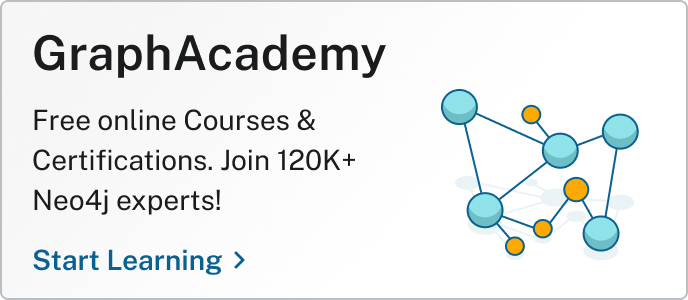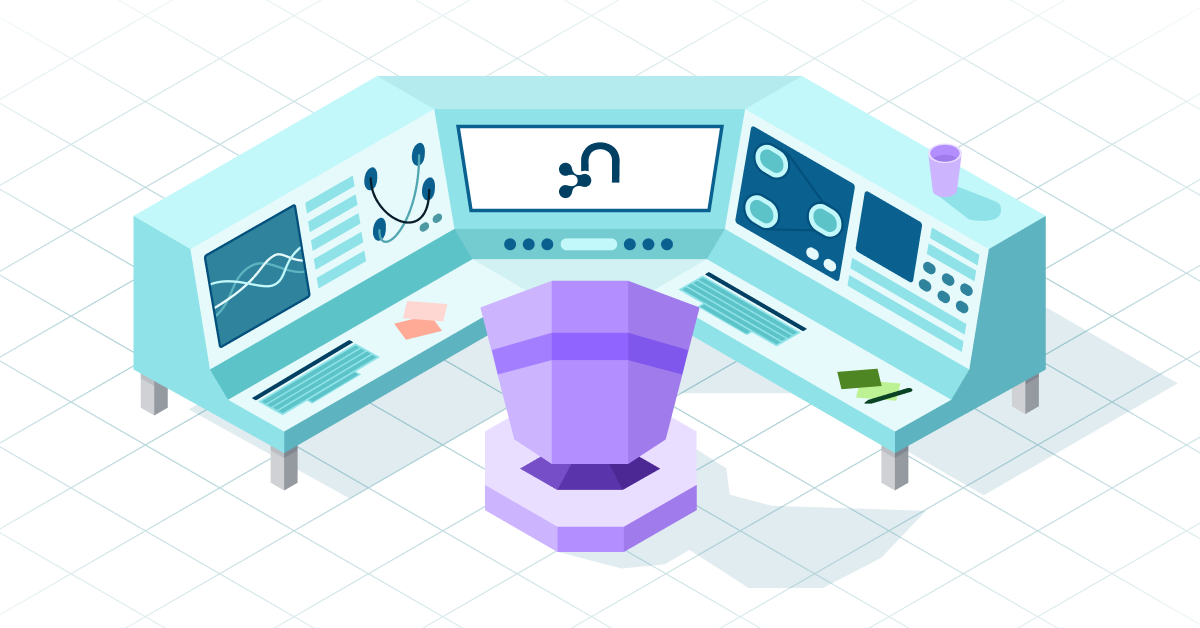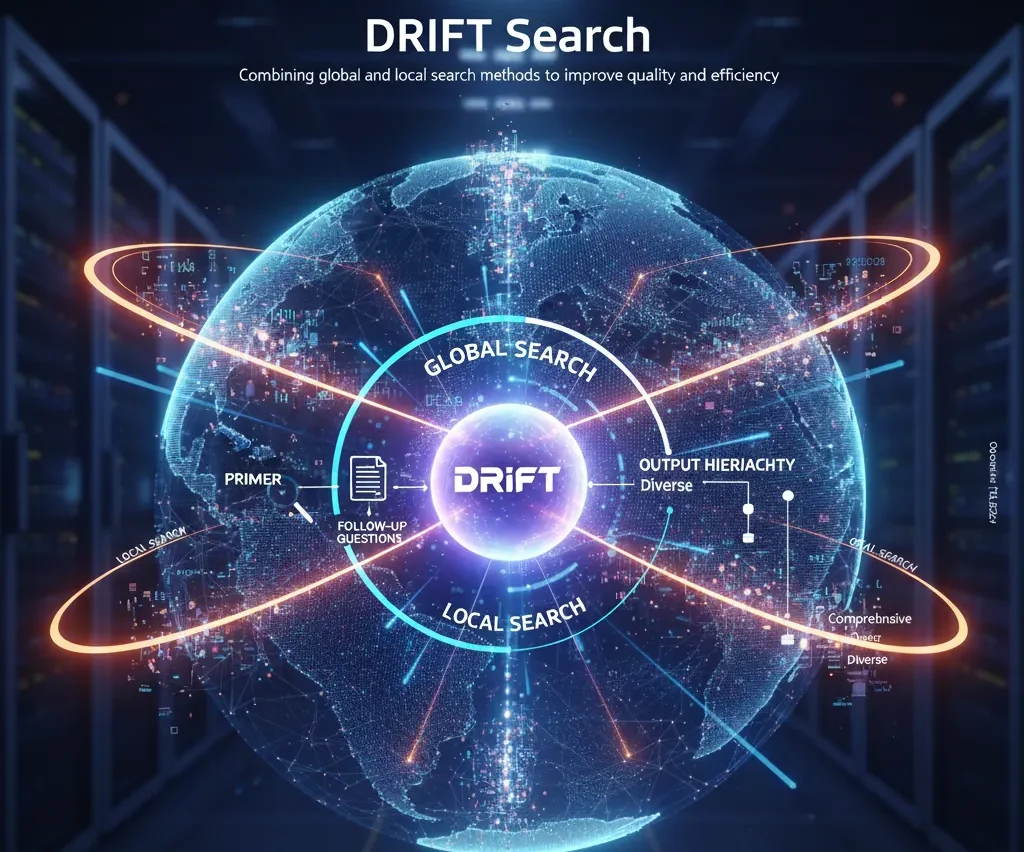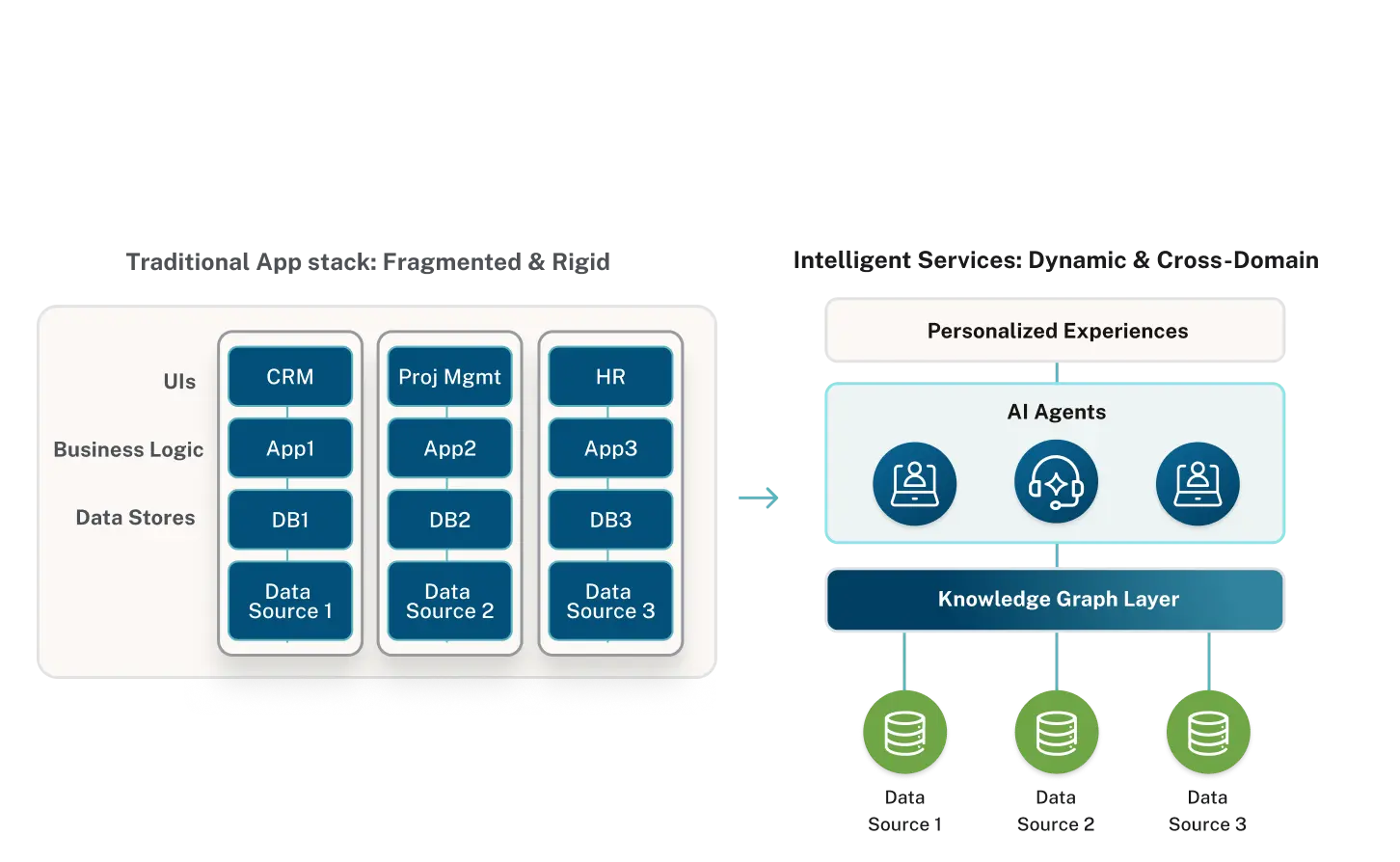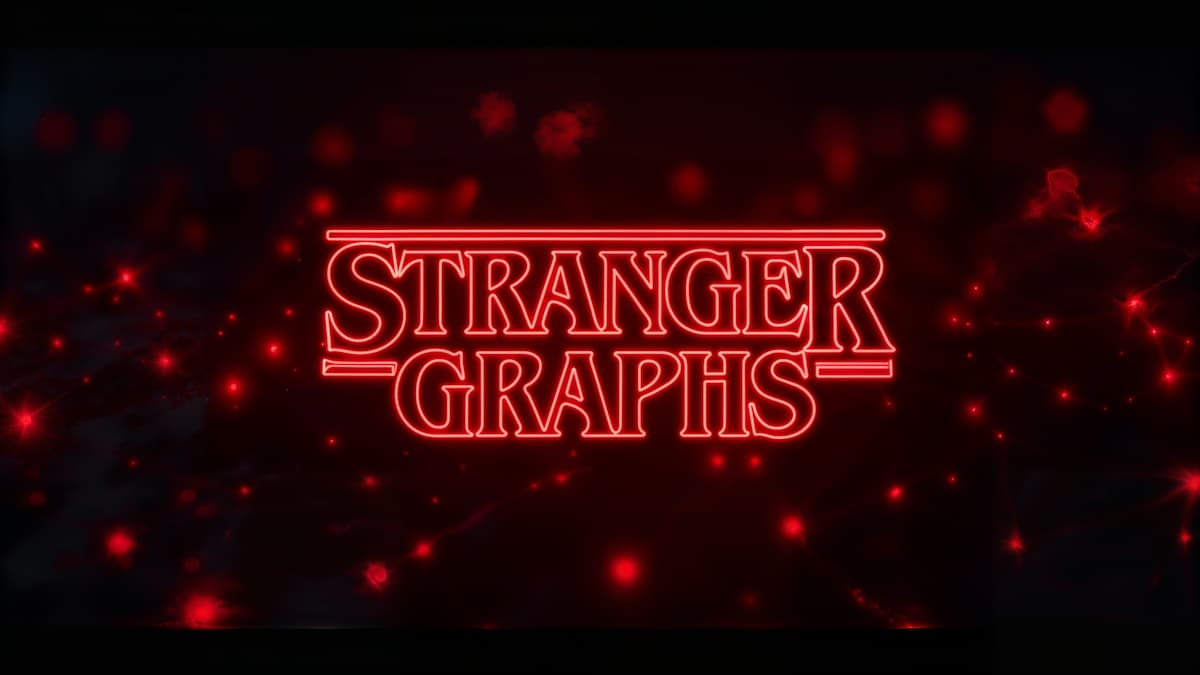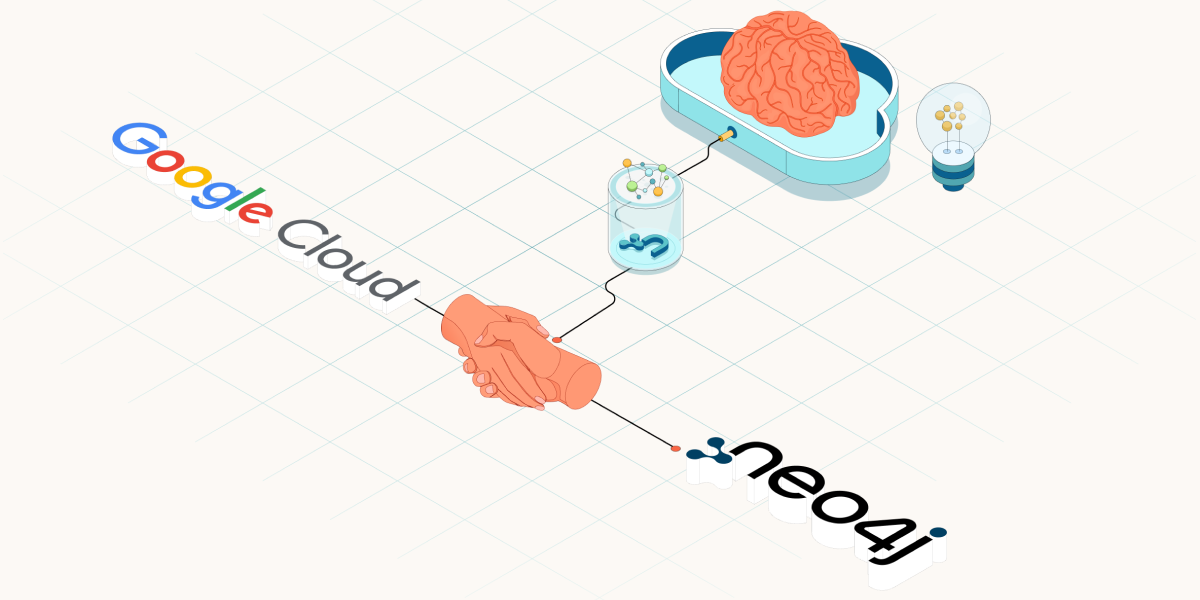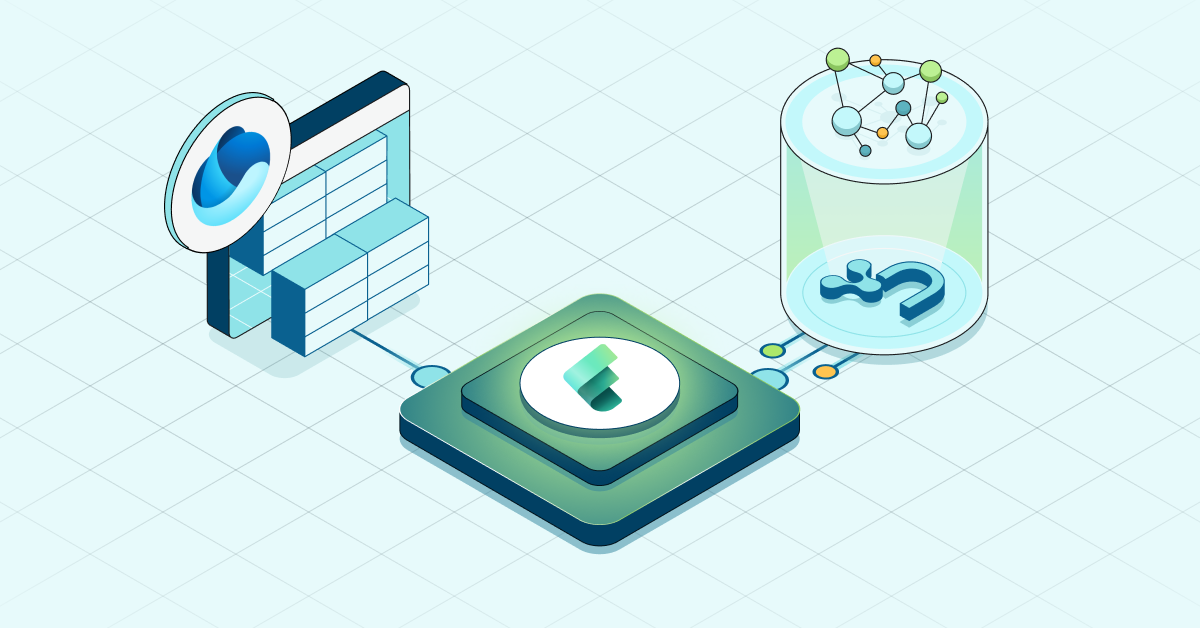Neo4j + Google Cloud: Powering the Next Generation of AI and Cloud Innovation
4 min read

At Google Cloud Next 25, Neo4j will celebrate a year of co-innovation with Google Cloud and a deepening partnership that helps customers unlock the power of connected data, AI-driven insights, and cloud-native architectures. As organizations increasingly rely on graph technology to make sense of complex relationships in data, Neo4j’s expanding integrations across Google Cloud are enabling smarter AI, real-time analytics, and more scalable cloud solutions. These integrations ensure that organizations using Google Cloud can seamlessly incorporate Neo4j’s powerful graph capabilities into their existing workflows, driving faster insights and innovation.
Bringing Graph Intelligence to the Cloud Edge With Google Distributed Cloud
Enterprises operating in regulated, hybrid, or edge environments can now deploy graph workloads anywhere with Neo4j on Google Distributed Cloud (GDC). Through our bring-your-own-license (BYOL) listing on the GDC Marketplace, businesses can run Neo4j closer to their data while ensuring performance, compliance, and security.

Neo4j on GDC allows organizations to leverage graph-powered intelligence wherever their data resides—on-premises, at the edge, or across hybrid cloud environments. This provides greater flexibility for financial services, healthcare, and government industries, where data sovereignty, latency, and requirements demand on-prem or hybrid deployment models.
To learn more, read our blog post on real-world scenarios and performance benefits, including a new demo video showcasing Neo4j on GDC.
Making AI Smarter With Neo4j and Google’s GenAI Toolbox
AI systems need context and connected knowledge to make intelligent decisions, and Neo4j is now integrated into Google Cloud’s GenAI Toolbox to provide exactly that. This connection allows developers building on Google Cloud’s AI platform, including Vertex AI, to readily infuse their models and agents with the rich, interconnected data managed by Neo4j. By combining Neo4j knowledge graphs with Google’s AI capabilities, enterprises can enhance AI agent reasoning, reduce hallucinations, and improve explainability.
With Neo4j as a graph-powered memory and reasoning layer, AI agents can understand real-world relationships, improve planning and decision-making, and deliver more accurate, traceable results. This integration works seamlessly with Vertex AI, LangChain, Model Context Protocol (MCP), and open source AI frameworks, making it easy to incorporate graph context into any AI system.

A recent blog post describes how graph technology enhances AI agent intelligence. This is a game changer for enterprise AI applications, including AI copilots, automation agents, and knowledge-driven systems, where accuracy, transparency, and trustworthiness are essential.
Bringing Graph Capabilities to Firebase Genkit
Developers building web and mobile applications with Google Firebase Genkit can now easily tap into graph-powered insights using the new Neo4j plugin. This integration allows Firebase Genkit users to easily build GraphRAG architectures, unlocking more advanced recommendations, social networks, fraud detection, and other relationship-driven use cases.

By simplifying access to graph technology within Firebase Genkit, Neo4j is making it easier than ever for developers to build smarter, more context-aware applications without needing deep database expertise. The code for the plugin is on GitHub. It has been published on NPM.
Optimizing Moving Data With Google Cloud Dataflow
For organizations working with real-time event data, Neo4j has built a Google Cloud Dataflow solution overview that highlights best practices for graph-enriched streaming pipelines. Soon to be featured in the Google Cloud Solution Explorer, this guide provides a blueprint for teams looking to enrich real-time analytics workflows with graph-powered context. Google Cloud Dataflow provides the scalable, real-time data processing engine necessary to effectively feed graph-enriched insights from Neo4j into dynamic applications and analytics dashboards.

By combining Google Cloud Dataflow’s scalable data processing with Neo4j’s real-time graph analytics, enterprises can detect fraud faster, personalize customer interactions, and optimize supply chains based on complex, real-time relationships in their data.
You can read more about loading data from Google Cloud to Neo4j on the Google Cloud Solution Explorer.
Expanding Developer Productivity With Gemini Code Assist Tools
Neo4j is collaborating with Google Cloud to integrate with Gemini Code Assist, enabling AI-powered Cypher query generation directly in developer IDEs. This integration will help developers build intelligent applications faster by automating query generation and simplifying database interaction.
You can learn about Gemini Code Assist and get a link to the IDE plugins. With the plugin installed, you’ll be able to access the Neo4j agent by typing “@neo4j.”

You can use the agent to ask questions about working with Neo4j (for instance, “How do I set up a database connection?”) The agent uses the Neo4j documentation to answer.

Democratizing Graph With Vertex AI Model Garden
A longtime barrier to graph adoption is expertise in graph databases. To make graph databases more approachable, Neo4j has fine-tuned Gemma models that take text and generate Cypher, the graph-specific query language used by Neo4j.
Two of these models are now integrated with Model Garden on Vertex AI, making it easier to create graph-based applications by querying with natural language. Hosting these models within Model Garden makes advanced text-to-Cypher capabilities easily accessible, significantly lowering the barrier for developers to build graph-based applications on Google Cloud.
The models are on Vertex AI Model Garden. Be sure to select your Google project for them to load.

Choose from one of two models, then deploy it in Vertex AI.

You can learn more about these fine-tuned models in the blog post here.
Terraform Marketplace Listing for Cloud-Native Deployment
With Google Cloud Deployment Manager reaching end of life, Neo4j is modernizing its Google Cloud Marketplace listing to support Terraform. This will make it easier for DevOps teams to deploy and manage Neo4j in cloud-native environments. Check out the new listing. The underlying Terraform is on GitHub.

Join Us at Google Cloud Next 25
Whether you’re building GenAI applications, real-time data pipelines, or cloud-native solutions, Neo4j and Google Cloud make it easier than ever to harness connected data for smarter decision-making.
Learn more about Neo4j on Google Cloud, or visit us at Google Cloud Next 25.



